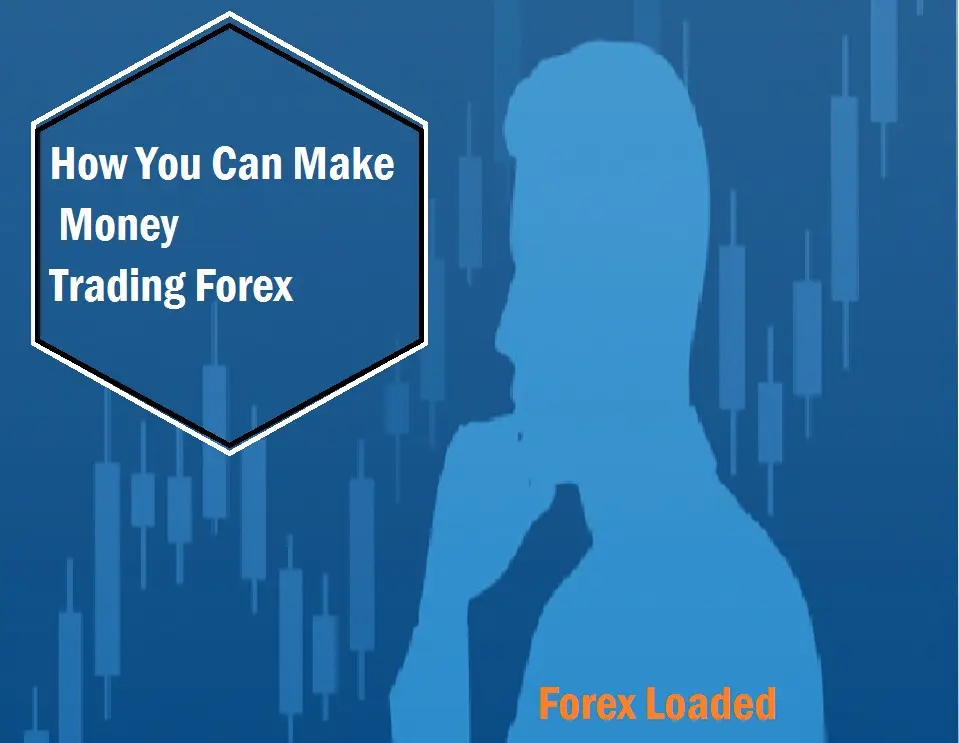How You Can Make Money Trading Forex
Welcome to this lesson! Today, we’ll dive into a very important topic: Understanding How You Can Make Money Trading Forex.
In previous lessons, we covered the foundational elements you need to grasp as a beginner in the forex market. We’ve talked about exchange rates, currency pairs, how to read forex charts, brokers, major and most traded currency pairs, base and quote currencies, and ways people participate in forex trading. These are the building blocks of your journey into the world of forex.
Forex is traded globally, and many people make a living from it. However, always remember that forex trading carries risk. It requires a solid understanding and a high level of discipline. Forex can either make you or break you, with no in-between.
Participants in the Forex Market
The financial markets consist of top participants, including financial institutions, hedge fund managers, smart money players, and individual speculators like you. Everyone in the forex market is seeking profit, and nobody wants to lose. To become profitable, you must master your craft. You don’t need to know everything; you need to become an expert in a few key areas. Mastering your entry and exit strategy is essential to success.
How Does Forex Trading Work?
Forex trading involves speculating on the price movement of currency pairs using a forex chart. Your job as a trader is to predict whether one currency will rise or fall in value against another. This prediction is based on past price movements (commonly referred to as price action) to forecast future trends.
Many confuse forex trading with sports betting because of the word “predict.” But here’s the main difference: the forex market follows a structure. Unlike sports betting, where anything can happen, forex price movement follows patterns and strategies that can help you earn consistently. You can’t just gamble your way to success in forex. You need a full understanding of the market.
What Drives Currency Price Movement?
Economic activity, political and geopolitical events, trade balances, and financial flows influence currency prices. Successful traders and investors pay close attention to these factors before entering a trade. You can’t just roll out of bed and start trading currencies without proper analysis.
Buying and Selling Currencies in Forex
In forex trading, buying one currency means selling another simultaneously. For example, if you have Pounds, and believe the US Dollar will rise in value, you would sell your Pounds to buy Dollars. If the Dollar appreciates after your purchase, you will profit when you sell it back. But if it depreciates, you incur a loss. It is how forex trading works.
When Should You Buy or Sell?
In previous lessons, you already understand the roles of base and quote currencies. If the forex chart is moving upwards, it means the base currency is gaining value. If it moves downwards, the quote currency is gaining value.
Thanks to brokers, retail trading has never been easier. You don’t need to find someone to buy or sell from. Open a trading account, complete your verification, deposit your capital, and start analyzing trading opportunities on currency pairs.
Let’s say you want to trade EUR/USD. Just open the EUR/USD chart and look for a potential entry. Remember:
- The first currency in the pair is the base currency
- The second currency is the quote currency
- The format (e.g., EUR/USD or EURUSD) doesn’t affect your trading. It’s just a display preference.
If you believe the base currency will rise, Buy (Go Long)
If you believe the quote currency will rise, Sell (Go Short)
In any currency pair, only one currency can rise at a time. If the base is rising, the quote is falling, and vice versa.
Long and Short Positions
Instead of saying “Buy” or “Sell,” traders often use the terms:
- Go Long = Buy
- Go Short = Sell
If you don’t have any open trades, you’re said to be “Flat” or “Square”. Closing a position is also referred to as “squaring up.”
Understanding the Bid, Ask, and Spread
In forex trading, there are two price points:
- Bid price – the price at which your broker buys the base currency
- Ask price – the price at which your broker sells the base currency
The Ask Price is always higher than the Bid Price.
Spread is the difference between the Ask and Bid prices. It is a way brokers earn revenue and their commission or trading fee.
For example:
If you’re trading GBP/USD and the market price is 1.0002, your broker might offer it to you at 1.0004. The difference of 0.0002 (2 pips) is the spread.
What is a Pip?
A Pip (short for “Percentage in Point”) is the smallest unit of price movement in forex. It measures a change in price level or exchange rate in a currency pair. Pip is the fourth decimal place in a price quote in currency pairs except for JPY pairs. In JPY pairs, pip is the second decimal place. One pip for other currency pairs is 0.0001, but for JPY pairs, it is 0.01.
Final Thoughts
Forex trading offers incredible opportunities, but requires education, strategy, and discipline. You should not rush into trading without fully understanding how it works. In our next lesson, we’ll dive into “Understanding When to Buy or Sell in the Forex Market.”
Stay focused, stay disciplined, and let’s keep growing your trading skills.









